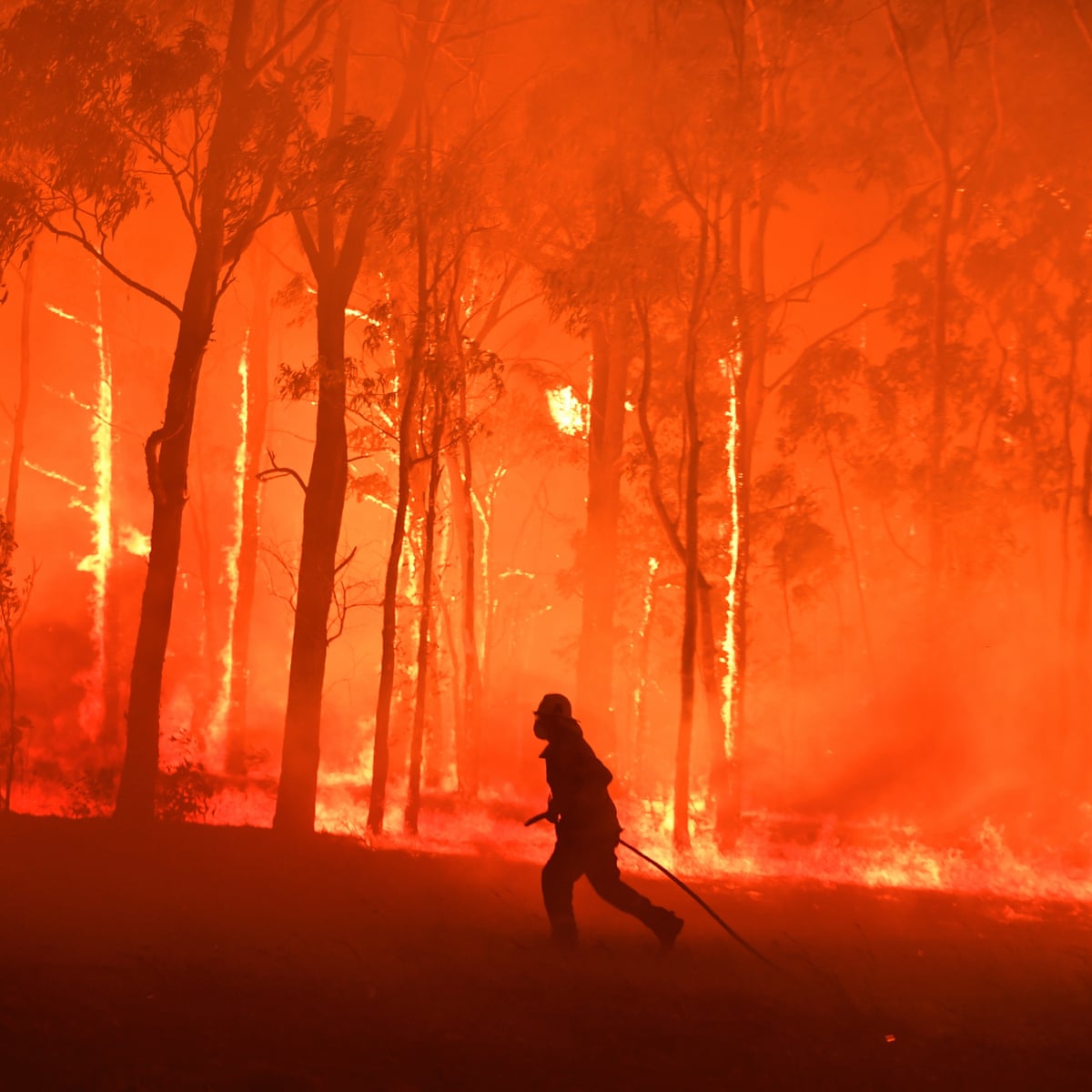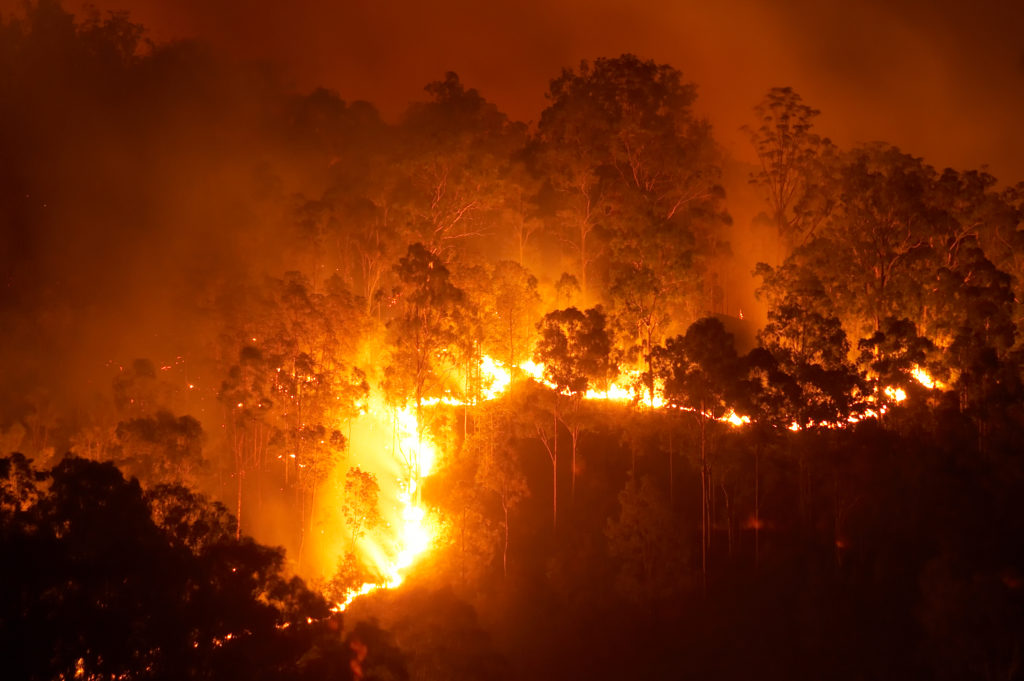BAL Report Basics: Important Details for Property Owners
BAL Report Basics: Important Details for Property Owners
Blog Article
Just How BAL Report Impacts Shrub Fire Protection Procedures
In the realm of bush fire protection, the Building Strike Level (BAL) report stands as an important tool that dramatically influences the safety and durability of residential properties in fire-prone areas - BAL Report. The effect of a BAL analysis extends far beyond plain documentation; it acts as the cornerstone for establishing the appropriate construction requirements and fire protection procedures necessary to reduce the dangers presented by bushfires. As areas face increasingly serious fire seasons, comprehending exactly how the BAL record forms these safety actions ends up being critical for home owners, policymakers, and building contractors alike
Recognizing the Bushfire Strike Level

Importance of BAL Record Analysis

Additionally, the BAL report analysis serves as a fundamental action in following legal responsibilities and requirements connected to bushfire security. Local councils and authorities usually mandate the submission of a BAL record as component of the preparation and structure approval process to guarantee that buildings are appropriately secured against bushfire threats. Failing to carry out a comprehensive BAL record assessment can result in insufficient security procedures, leaving properties vulnerable to devastating advice bushfire occurrences.
Building Specifications Based on BAL
A detailed understanding of the Bushfire Assault Level (BAL) allows homeowner to execute building criteria customized to their specific risk profile. Construction criteria based upon BAL are essential in mitigating the influence of bushfires on properties. The BAL ranking categorizes the possible danger a building encounters throughout a bushfire on a range from BAL-Low to BAL-FZ (Fire Area) Each BAL degree represents certain building demands described in the Australian Basic AS3959-2018 Building And Construction of Structures in Bushfire-Prone Areas. As an example, buildings categorized as BAL-Low may just need standard steps such as getting rid of debris and keeping gardens, while those in greater BAL categories require more durable measures like cinder screens, fire-resistant products, and secured windows. Sticking to these construction requirements not only enhances the architectural strength of the residential property however likewise boosts the general safety of residents throughout a bushfire occasion. Therefore, residential or commercial property proprietors must very carefully consider their BAL rating and follow the corresponding building and construction standards to effectively secure their passengers and homes.
Carrying Out Fire Security Steps
With the foundation of building and construction requirements based on Bushfire Assault Level (BAL) in place, the focus now changes towards the useful implementation of fire defense steps to fortify residential properties versus bushfire dangers. Passive measures include making use of fire-resistant building materials, setting up ember guards on vents, sealing gaps in wall surfaces and roof coverings, and maintaining a clear space around the residential or commercial property totally free from combustible find out this here vegetation. By incorporating both passive and active approaches, residential or commercial properties can substantially decrease their susceptability to bushfire incidents and enhance the safety of residents.
Safeguarding Homes Against Bushfires
Efficiently securing homes versus the harmful Continued influences of bushfires calls for a extensive and aggressive method to fire security procedures. Furthermore, securing vents and spaces to stop cinder intrusion, as well as integrating fireproof doors and home windows, can aid fortify the home's protection against bushfires. By embracing a positive position and incorporating these protective steps, house owners can substantially boost their opportunities of securing their homes against bushfires.
Verdict
In final thought, the Bushfire Attack Degree (BAL) report plays a vital role in figuring out the needed protection measures against bushfires. Carrying out fire defense measures based on the BAL record is crucial in safeguarding buildings from possible bushfire threats.
In evaluating bushfire danger to residential properties, recognizing the Bushfire Attack Level (BAL) is a critical component for implementing effective security measures. Overall, a clear understanding of the Bushfire Assault Degree is essential for implementing appropriate protection actions and mitigating the effect of bushfires on homes.

Report this page